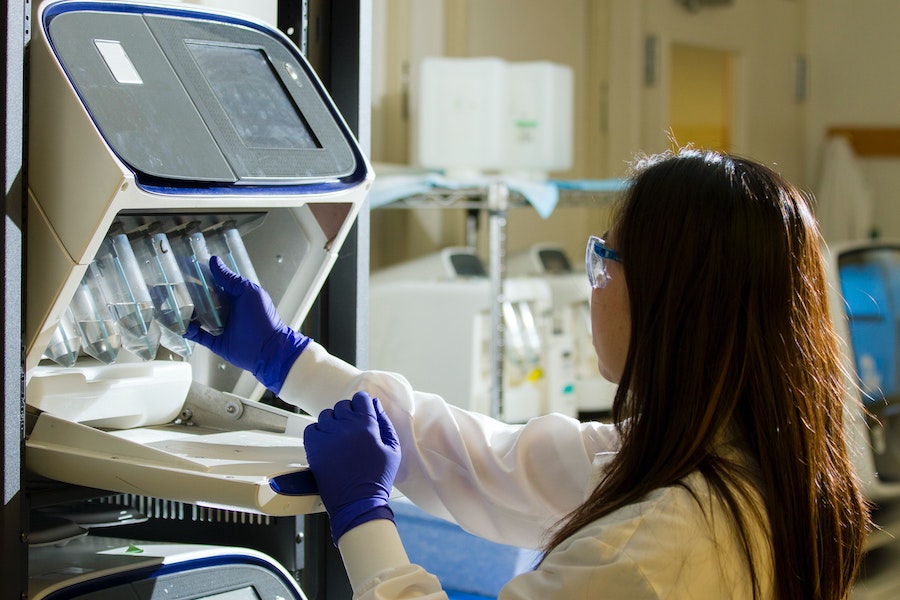Driven by a combination of rapid scientific and technological advances, and a new global culture of collaboration, the health and life sciences sectors are poised for a new ‘golden age’ that will transform the way people diagnose, treat and cure a wider range of diseases at the same time as shifting focus toward prevention, earlier detection and promotion of wellbeing that improves population and planetary health.
In a three-part webinar series, participants will hear from three panels of leading interdisciplinary experts debating issues that will shape the future impact of innovation in health and life sciences on population and planetary health.
Webinar 1: Emerging therapies: how digital transformation is accelerating innovation
4:30 p.m. GMT Nov. 1,
Register for this free webinar here
Digital transformation is accelerating every part of the life sciences value chain. In this webinar, an expert panel will consider the opportunities and barriers to innovation in the development of new therapies that are more personalized, accessible and sustainable, addressing core questions such as:
- Will rapid digitization create a panacea of interoperability, data exchange, faster analysis and synthesis of data to inform the creation of new therapies?
- Is the future of new therapies less about lab work and more about mass data mining and exchanges across global platforms?
- What are the workforce implications for those who access and analyze this data – and those who are needed to build it?
- How can research data be accessed safely and securely across borders?
- What roles do patients, health systems, governments, new start-ups, established pharma and academic research have to play?
- How can collaboration be incentivized for the greater benefit of society?
- What are the barriers and challenges that can block innovation?
- How do people integrate physical and digital infrastructure with workforce needs?
Webinar 2: Bench to bedside: rethinking investment across digital and physical infrastructure
4:30 p.m. GMT Nov. 2,
Register for this free webinar here
In this webinar, an expert panel will consider the challenges and opportunities around the world in creating a more effective collaboration that leverages all of the resources offered by the sector partners, from data to capital to talent. Fundamental questions will be asked, such as:
- What are the barriers and constraints on capital investment in digital and physical infrastructure, including lab space, housing and community infrastructure?
- Is investment in physical and digital infrastructure being integrated with workforce planning needs and expectations to attract the right talent?
- Are publicly funded healthcare systems able to move with the same pace and agility as their academic and commercial partners, or do they face greater constraints on investment?
- Is physical colocation as critical now, given the success of global research collaborations that are driving innovation, from the sequencing of the human genome to the global response for the development of diagnostics, vaccines and therapeutics for COVID-19?
- What lessons can be learnt internationally from other countries with successful life sciences industries?
Webinar 3: Planetary health and emerging diseases: equipping the life sciences sector to respond
4:30 GMT Nov. 3,
Register for this free webinar here
In this webinar, an expert panel will explore the role of the health and life sciences sector in mitigating and responding to this existential threat to human health, addressing key questions such as:
- How should animal and human science research be better integrated to understand the threat of novel zoonotic and infectious diseases?
- How can people improve disease surveillance, preparedness, resilience and response?
- Should health and life sciences organizations work more closely together? Does physical proximity matter?
- How does the sector better support the capture of the co-benefits between sustainable development and human health?
- Is the health and life sciences sector demonstrating enough leadership in reducing its own carbon footprint?





